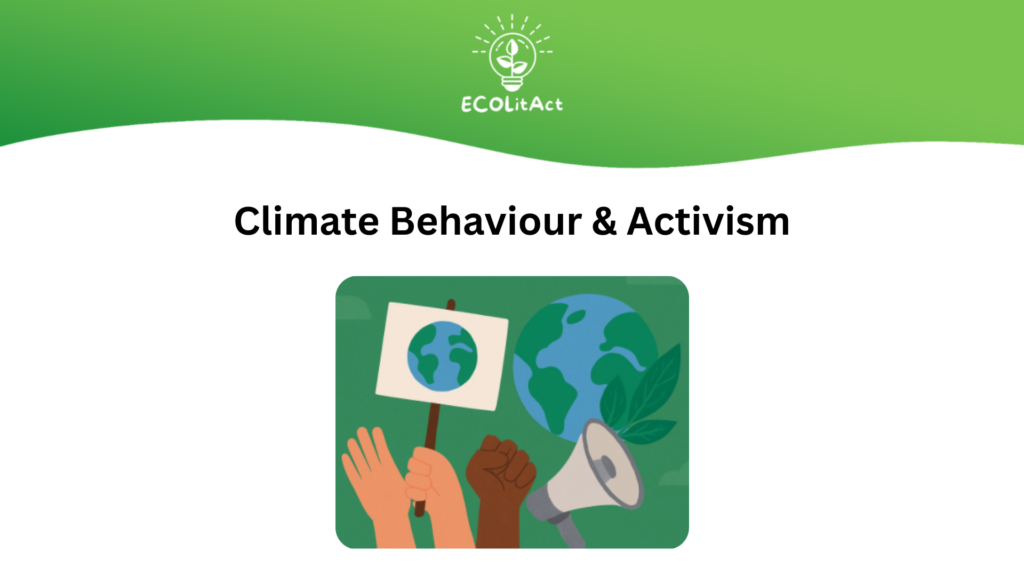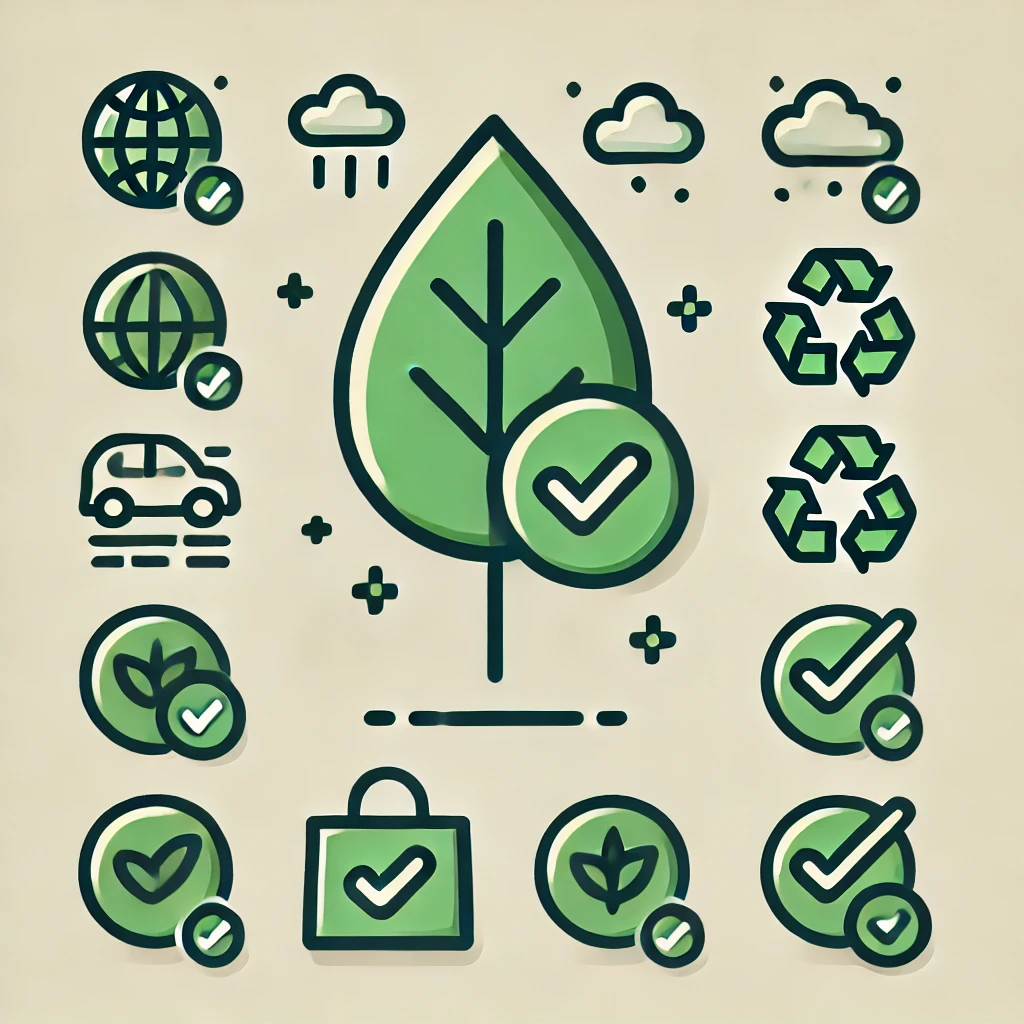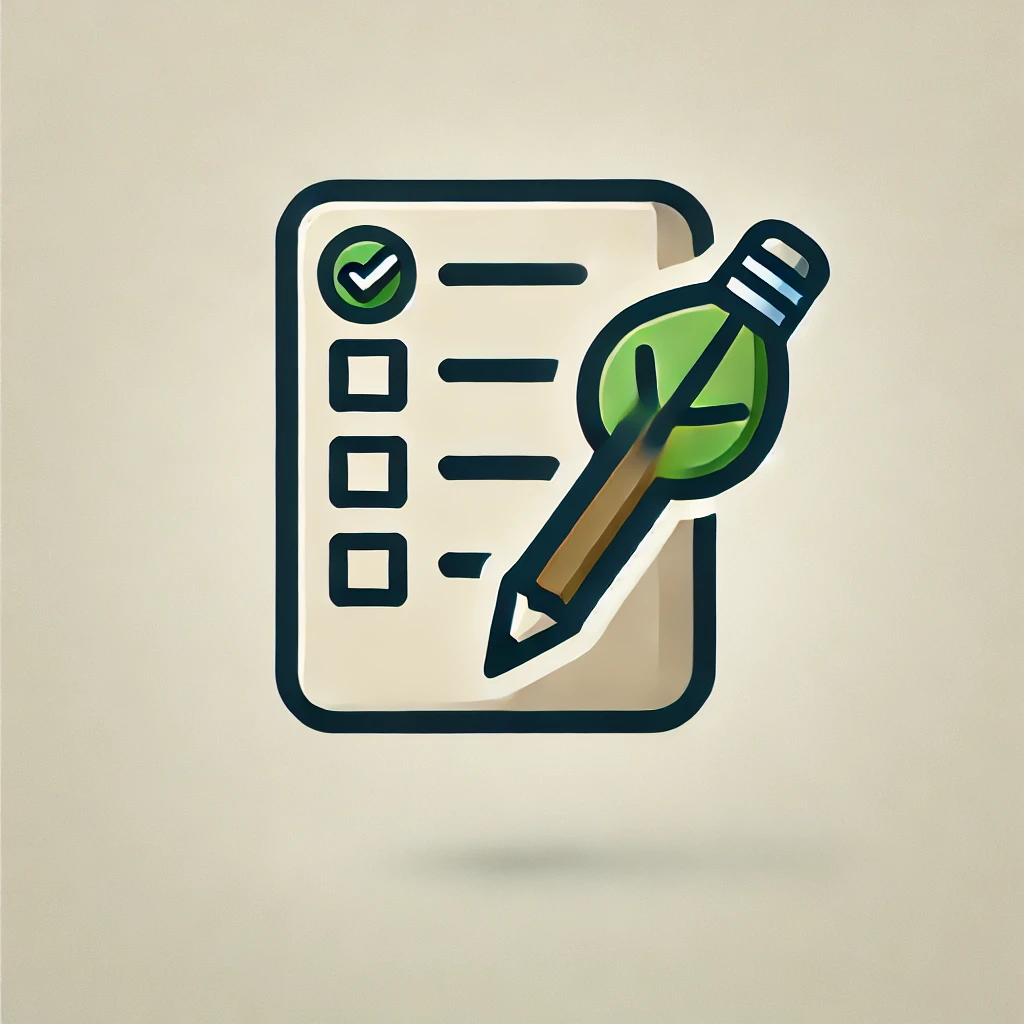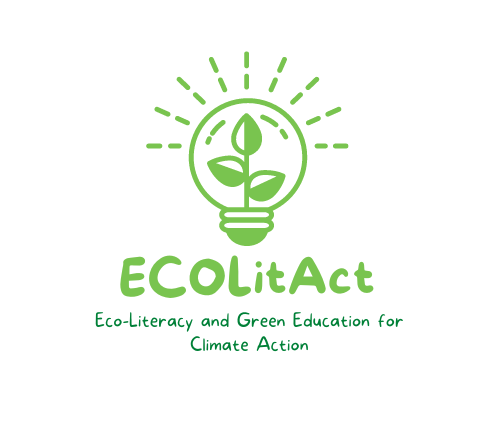Introduction and Learning Objectives | Vocabulary | The Power of Individual Responsibility in Cimate Action| How to Support Climate Action | How to Include Climate Action in Education |Create Your Personal Action Plan | Final Quiz | Conclusions | Europass
Welcome to the module on Activism! This module is all about how your actions and choices can contribute to a healthier planet. You will explore the role of individual responsibility, learn practical ways to support climate action, and discover how education can play a key part in inspiring change. Let’s start building a more sustainable future, one step at a time.

Learning Objectives
By the end of this lesson, you will:
- Understand how individual actions contribute to climate solutions.
- Explore strategies for integrating environmental responsibility into daily life.
- Learn how education and collective action can amplify positive environmental outcomes.
Lesson Duration:
This lesson is self-paced and designed to be completed in approximately 1,5 hours.
Get Ready: Key Terms in Climate Action & Activism
Before you dive into the lesson, take a moment to explore the vocabulary we’ll be using. Understanding these key terms will help you follow the materials more easily and talk about climate topics with confidence.
Use the dialogue cards below to learn important words and concepts connected to climate action.
Flip each card to see what the term means — and try to remember it!
You’ll see these words again as we go deeper into the topic.
The Power of Individual Responsibility in Climate Action
Take a look at the following presentation, which highlights the importance of individual actions in combating climate change. It explores how daily choices—like transportation, diet, and energy use—contribute to greenhouse gas emissions and offers practical steps to reduce your carbon footprint.
Interactive Activity – Drag the Words
Drag the correct words into the blanks to complete each sentence.
Now you know…
- The causes of climate change and how you can help reduce its impact.
- Practical steps you can take, such as reducing your energy use, cutting down on single-use plastics, and making sustainable travel choices.
- How real-world examples, like Greta Thunberg’s advocacy, can inspire both personal action and collective efforts for climate change.

Action point:
Reflect on your habits.
What sustainable practices can you adopt today?
Discuss with peers to generate actionable ideas.
How to Support Climate Action?
This is a self-reflection activity designed to assess your environmental impact. This checklist covers areas like transport, diet, consumption, energy use, and activism. Each completed action gives you points to calculate your overall climate behaviour score.
Now you know…
- The areas where you’re already excelling in climate-friendly practices.
- How to spot opportunities for improvement and the next steps to take.
- How small actions, like adopting a plant-based diet or cycling to work, can make a big difference over time.

Action point:
Complete the checklist, calculate your score, and set a goal for improvement.
Share your results and plan with a partner for accountability.
Including Climate Issues in Education
This resource provides strategies for integrating climate and environmental topics into educational contexts. It emphasizes interdisciplinary learning, project-based initiatives, and the power of education in fostering sustainable behaviours. Discover how educators and students can integrate climate and environmental topics into school activities to inspire change and foster sustainable behaviours.
Interactive Activity!
You’ve just explored different ways climate and environmental issues can be included in education.
Now it’s time to reinforce what you’ve learned!
Each card shows a key concept or educational strategy. Flip the card to see a practical example or idea connected to it.
Use this activity to review and reflect on how these approaches can be applied in real teaching and learning settings.
Now you know…
- How schools and educators can inspire climate action by leading by example.
- Examples of hands-on activities, like field trips, school eco-projects, and classroom discussions, that promote environmental awareness.
- How students and educators can collaborate to create real-world solutions for environmental challenges.

Action point:
Brainstorm a project idea for your school or learning community that addresses a local environmental challenge.
Think of a plan you could follow.
Create Your Personal Action Plan
What you’ll do:
Develop a simple action plan to improve one area of your climate behaviour. Focus on goals like reducing waste, switching to renewable energy, or promoting sustainability at your school or workplace.
Steps:
- Use the checklist from “How to Support Climate Action” to reflect on your habits.
- Identify one area where you can improve.
- Outline specific steps you’ll take and set a timeline to achieve your goal.
- Share your action plan with peers or family to gather feedback and accountability.
What will you gain:
This activity empowers you to take tangible steps toward sustainability and inspires others to do the same.

Final Quiz
You’re nearing the end of this lesson, and now it’s time to apply your knowledge of consumer behavior and its impact on your carbon footprint. Use the following questions to assess your understanding and reflect on your personal influence.
Good Job!
You’re now finished with the Explorer level lesson on Climate Behaviour & Activism,

If you would like to learn more about how you can take action and actively support positive changes in environment, you can continue with the Practitioner Level on Climate Behaviour & Activism.
Showcase your new skills with Europass
You have just completed another step in your learning journey. The skills and knowledge you have gained are valuable – not just for countering climate denialism and contributing to a greener future, but also for opening doors to new opportunities for you! A great way to do this is by adding them to your Europass profile.
Europass is a European Union initiative that helps individuals communicate their skills, qualifications, and experiences clearly and effectively. It consists of several documents, including the Europass CV, which is recognised across Europe and beyond, making it easier for learners to present their qualifications to potential employers or educational institutions.
If you don’t yet have a Europass profile, creating one takes just a few minutes. Get started here. And if you need a little help to set things up, you can take a look at this video tutorial.
For the lesson you have just completed, we encourage you to add the following skills:
- Promotion of informed consumer behaviour through evidence-based communication
- Integration of sustainable practices into personal and community initiatives
